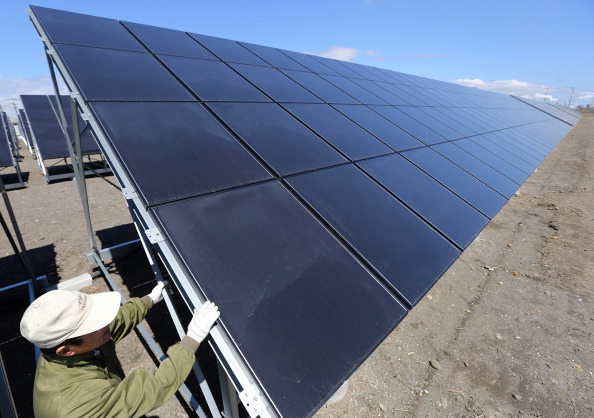A Shift Of Focus For Solar Energy In ME
We now know why but need to determine how, says Hannes Reinisch, senior manager for renewable energy and sustainability, PwC.

The fact that we are gifted with oil and gas in the region is precisely why we not only want, but also can pursue solar energy.
Producing electricity from sunshine instead of gas or oil can free- up those natural resources for export, conserve them as strategic assets for the future or avoid expensive import or subsidy bills.
Oil and gas revenues derived put exporting countries into a unique position to finance a sustainable transition towards renewable energy.
Energy import expenditures can be saved through deploying renewables for local electricity production. Besides, we are not just blessed with significant oil and gas resources; we are also blessed with abundant renewable resources.
A solar panel here gets 60-80 per cent more sunshine than those in Germany, Europe’s biggest solar nation.
WHAT ABOUT SAND AND DUST?
Install a solar panel in Italy, Spain or Germany and the rain will wash off the dust that settles over time and reduce a solar panel’s productivity.
Put a solar panel up in Abu Dhabi or Riyadh and you will find dust settling much quicker and no ‘natural’ cleaning occurs. Thankfully, we are not limited to the experience of Europe nor are we dependent on rain to get the job done.
Multiple solar projects since 2008 have led us to develop local cleaning solutions, which are cost-effective and water-efficient. While cleaning is still a critical requirement, it has become a routine operation and maintenance procedure as opposed to a problem affecting the technology’s economic or environmental feasibility.
And again, another critical look at our environment showed that unlike many European countries we have plenty of space for solar plants – vast open spaces where neither residents nor the environment will be negatively impacted from deploying solar at scale.
Since 2008, the cost per solar photovoltaic watt has dropped over 70 per cent, according to the National Renewable Energy Laboratory. This means a 10MW plant could costs you $16-20 million dollars today as compared to more than $45 million in 2008.
The resulting cost of electricity is cheaper now than many of the regions thermal power plants. Add to that growing annual fossil-fuel subsidies and the business case for solar is established.
In fact, the cost of solar PV has dropped so significantly that it is reaching cost parity with some conventional sources of energy such as open cycle gas turbines commonly used to meet peak demand in the Middle East.
So in 2013 the Middle East region once again finds itself in a position of luxury – plentiful natural (solar) resources, plenty of space and plenty of investment appetite into a drastically improved cost position while sand and dust are but routine maintenance topics.
The questions have hence shifted away from the “why?” to the “how?”
✑ How to best tap into the solar potential, how to compare technologies and establish real benefits and costs (including jobs, knowledge creation and reduced environmental impact)?
✑ How to smarten-up policy and regulation, encourage private sector participation in solar developments and how can risks be shared?
✑ For the private sector, it’s about how to enter the market, scale-up, partner-up and gain competitive advantage early.
Just five years ago, solar in the Middle East wasn’t common. Today, it’s common sense that we can turn into common practice.
